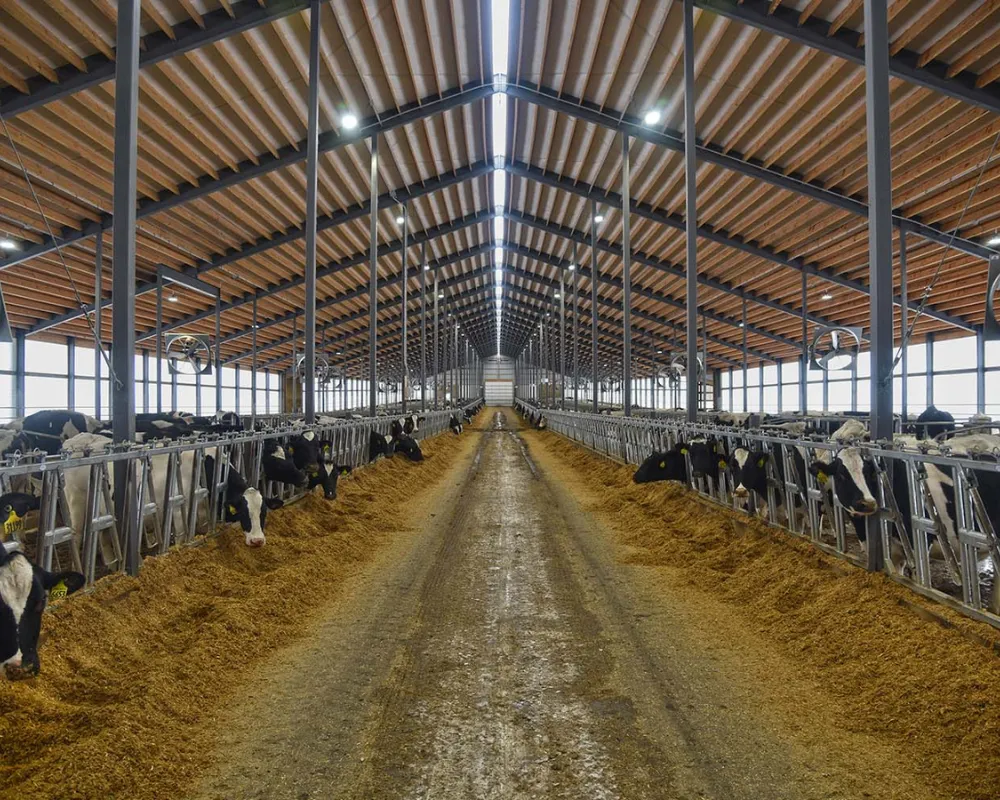Saskatchewan has one of the largest farms in Canada, and farm sizes are growing to nearly 1,800 acres. Landowners who have a lot of land may think about building on their farmland. Fair enough, but building on farmland is not as simple as building in other urban areas. Most agricultural lands are legally protected and have strict rules.
In Canada, we have the National Farm Building Code to monitor the standards of building a farm. So, if you’re planning to build on your farmland, this guide can be a good starting point.

But First, Can You Build a House on Farmland?
The short answer: yes, you can. But, the yes comes with conditions.
In most provinces, including Saskatchewan, building a house on farmland is allowed. But the rules are stricter in this region. The rule of thumb is, you can build one main residence on the farmland.
So, this could be mostly the farmhouse where the farmer or their family will live. If you want to add a guest house or a second home, you need special permits.
Remember that when you build the home, you have to follow the National Building Code of Canada and meet local building regulations. You’ll also need to apply for permits through your local or rural municipality.
Types of Structures Allowed on Farmland
If you own farmland or want one with a loan, it’s important to know what kinds of structures are allowed. Farmland is primarily meant for agricultural use. So, the buildings you put up need to support farming activities.
So, What Can You Build?
You can build structures that help with farming operations. The structures should not have a lot of people operating or working on them. There cannot be too many people living or even spending time inside them. Apart from primary residences and secondary houses, you can build farm buildings. These include:
Barns for housing livestock or storing hay and feed.
Silos for storing grain or other crops.
Equipment storage buildings are used to keep tractors, plows, and other farm machinery safe.
Greenhouses for growing plants and vegetables.
Feed preparation centres and manure storage facilities.

4 Key Regulations to Keep in Mind
When building on farmland in Canada, keep these regulations in mind:
National Farm Building Code of Canada (1995)
This mandatory code provides guidelines for farm buildings. The buildings must not have many people living in them. The rule is mostly about fire safety and building stability.
Setback Requirements
Many municipalities have setback requirements. These are rules on how far you can build a structure from a point. The point can be property lines, roads, and other buildings.
Environmental Factors
If you buy farmland near protected areas or water bodies, you need to consider added environmental regulations that may apply. It's wise to check with local conservation authorities before you look for the listings of farmland.
Special Permits
You'll also need building, septic, and possibly environmental permits before starting the construction process. To know what regulations and permits apply to your farmland, you can consult a professional like Darren and Tyler.

Final Thoughts
To sum up, building on farmland, whether a barn or a house, is a great idea. Can you do it? You can build a house or additional structures on farmland. Just make sure you follow the rules. From zoning laws to national codes, building on agricultural land in Canada comes with responsibilities.
It’s always a good idea to speak with a real estate professional and the local municipality before you start.

